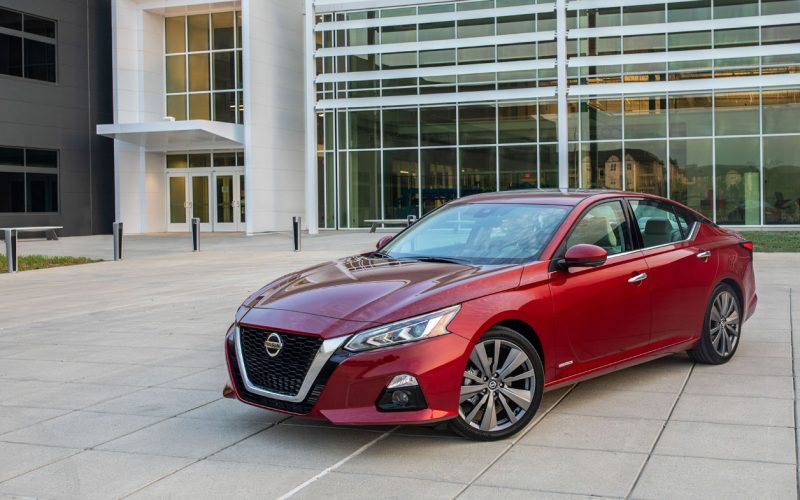
Reading Time: 8 minutesMid-size sedan sales may be on a downward trend, but the once dominant market segment still
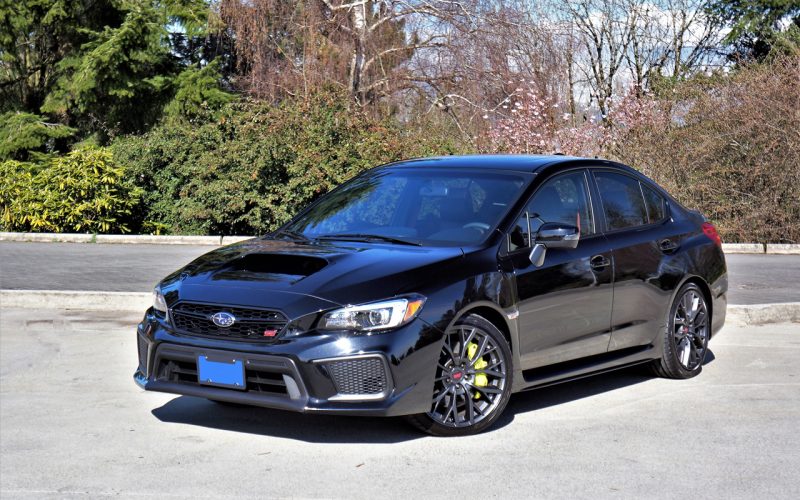
Reading Time: 14 minutesFor being such a niche model, Subaru doesn’t leave the WRX and its even quicker WRX
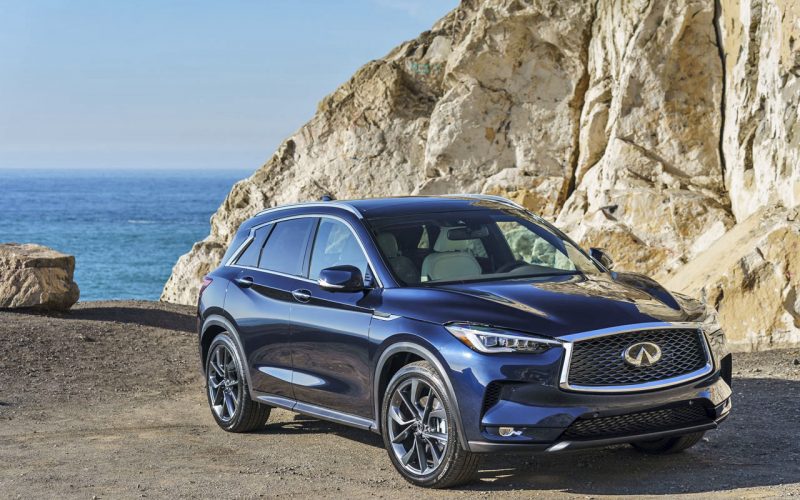
Reading Time: 2 minutesInfiniti had more reasons to celebrate than just Canada Day on July 1, 2018, because extremely
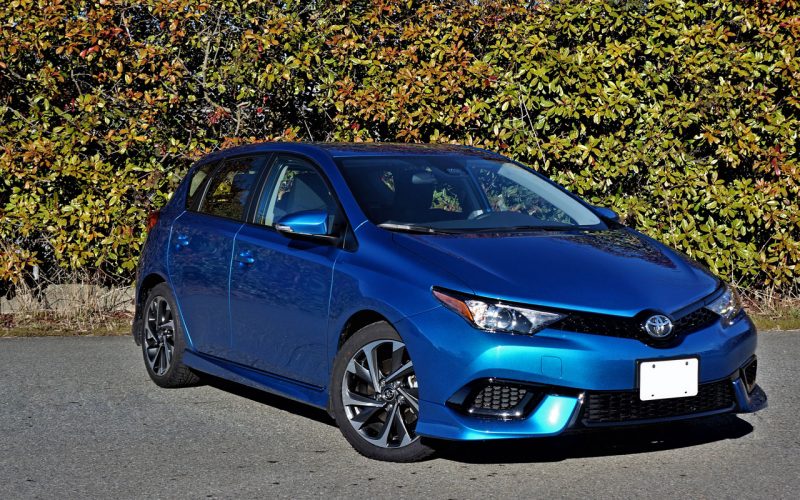
Reading Time: 10 minutesSad but true, one of the best compact Toyota models to come along since the Matrix
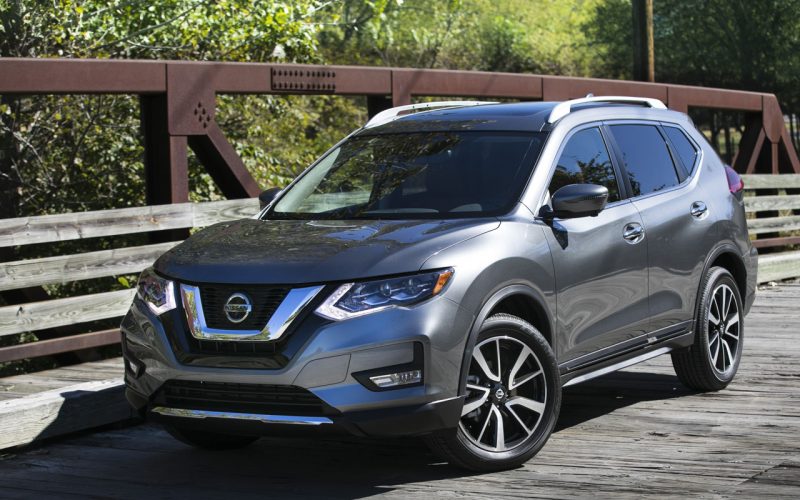
Reading Time: 3 minutesWhen Q2 of 2018 came to a close, Nissan Group certainly had reason to celebrate thanks
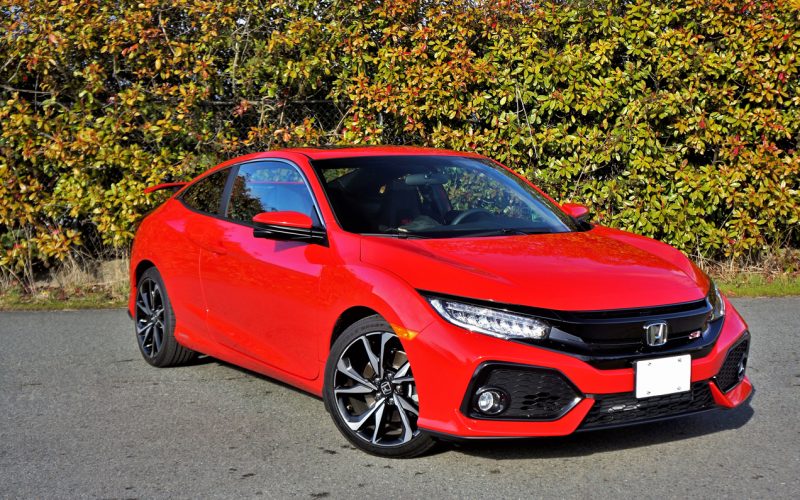
Reading Time: 9 minutesAs you may already know, Honda makes three types of Civic these days. There’s the stalwart
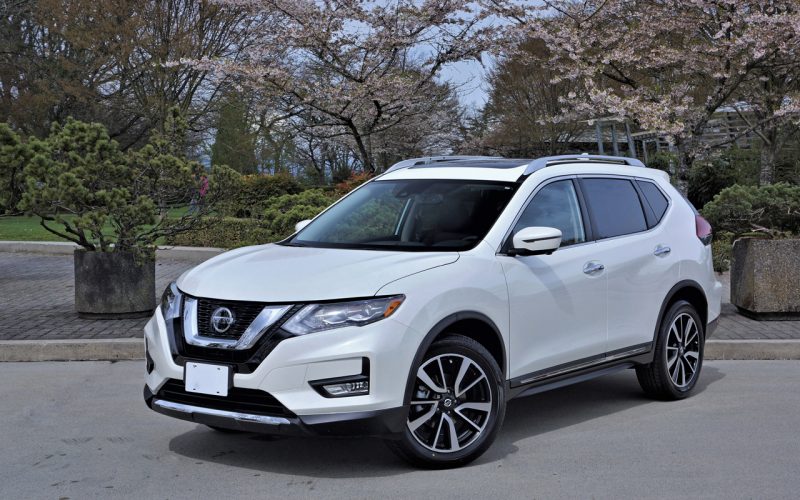
Reading Time: 14 minutesI don’t know what’s going on south of the 49th parallel these days. And no, I’m
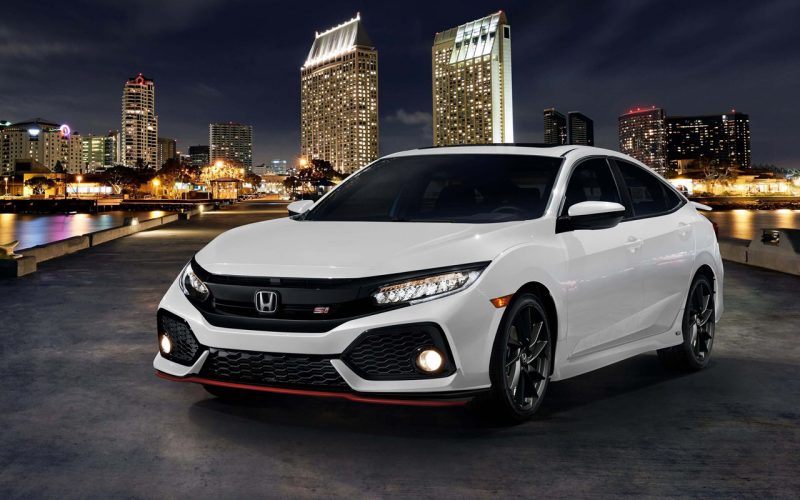
Reading Time: 4 minutesHow do you make the new Civic Si even better than it already is? The Si
© 2025 The Car Magazine. All Rights Reserved, Privacy Policy | Terms of Use